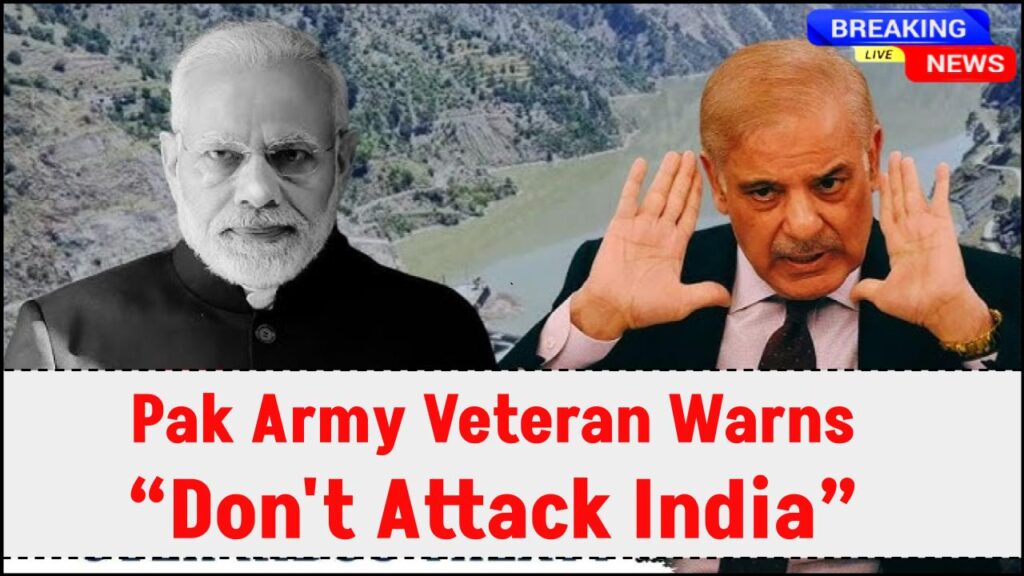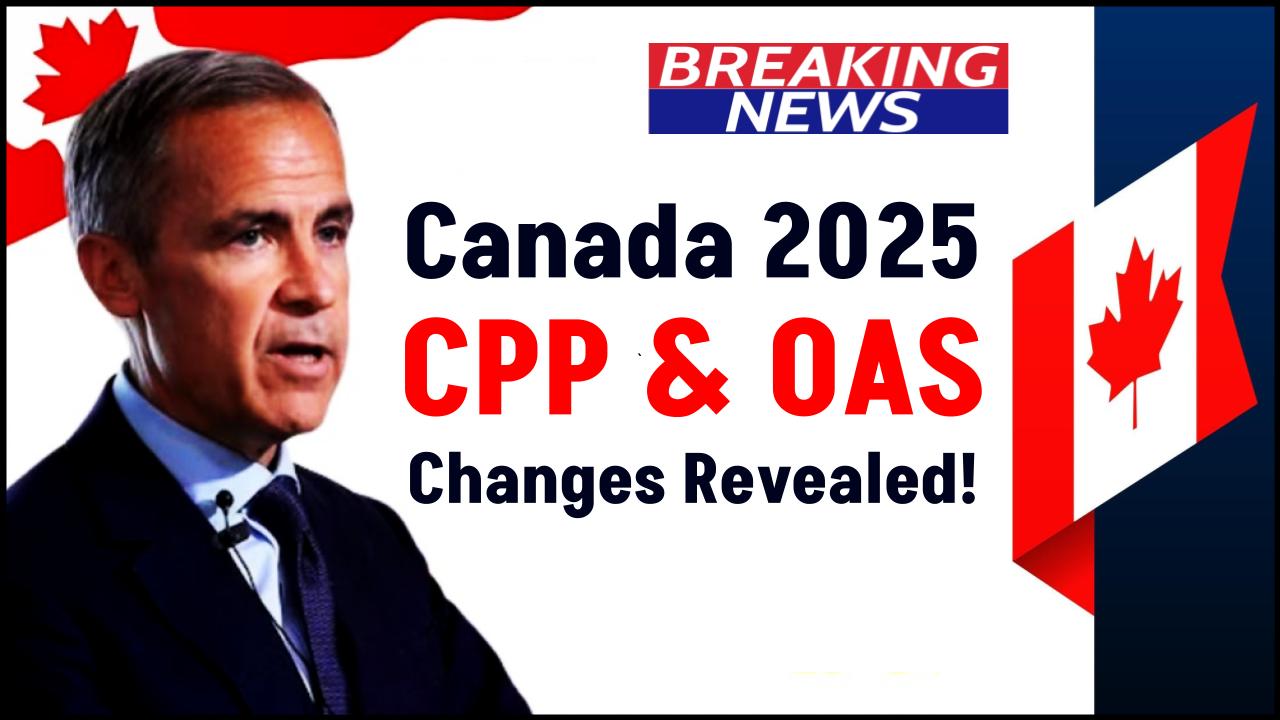Pak Army Veteran Sounds Alarm: Amid rising tensions in South Asia, a former senior officer of the Pakistan Army has issued a grave warning, urging caution against military action against India, emphasizing that Pakistan is outnumbered and outgunned in any direct confrontation. This caution comes as border clashes and airstrikes escalate, bringing two nuclear-armed neighbors closer to a potential conflict.

The statement, made by Lieutenant General Muhammad Saeed, a former chief of the Pakistan Army, highlights the severe power imbalance between the two nations and underscores the catastrophic risks of a full-scale war. In a recent address, Saeed urged for restraint, stressing that Pakistan must avoid actions that could trigger a larger, uncontrollable conflict.
Pak Army Veteran Sounds Alarm
| Topic | Details | Source |
|---|---|---|
| Veteran Warning | Lt. Gen. Muhammad Saeed warns against military escalation | Sky News |
| Military Imbalance | Pakistan significantly outnumbered in troops and firepower | The Guardian |
| Recent Clashes | Deadly cross-border strikes in Kashmir | Al Jazeera |
| Global Concern | International calls for restraint to prevent full-scale war | The Guardian |
The warnings from veterans like Lt. Gen. Saeed highlight the grave risks of escalation between India and Pakistan. Without diplomatic intervention, the potential for a devastating conflict remains high. As history has shown, military might alone cannot guarantee security – dialogue and peacebuilding are the true measures of strength.
Understanding the Power Imbalance
Despite both countries being nuclear-armed, the conventional military capabilities of India and Pakistan are vastly different. India’s defense budget is over six times larger than Pakistan’s, with advanced fighter jets, missile systems, and a larger, better-equipped standing army. According to the Global Firepower Index 2025, India ranks 4th globally in military strength, while Pakistan is 7th.
- India has approximately 1.4 million active troops compared to 650,000 in Pakistan.
- Its air force includes 500+ fighter jets compared to 300+ for Pakistan.
- India also boasts a significantly larger naval fleet, including two aircraft carriers, while Pakistan has none.
Escalating Tensions and Recent Clashes
The recent escalation began following a deadly attack in Indian-administered Kashmir, where 26 civilians were killed. India responded with Operation Sindoor, targeting alleged militant sites within Pakistan, which prompted Pakistan to launch Operation Bunyan Marsoos in retaliation.
Both sides have reported significant military and civilian casualties as a result, leading to international concerns about the potential for the conflict to spiral out of control. United States, Saudi Arabia, and other global powers have called for restraint, warning of the potentially devastating consequences of a larger war.
Why Diplomacy is the Only Way Forward
Given the economic and human costs of a large-scale conflict, experts argue that diplomacy remains the only viable path to long-term peace in the region. Continued hostilities risk devastating both economies, creating regional instability, and triggering a humanitarian crisis.
FAQs on Pak Army Veteran Sounds Alarm
Q: Why is Pakistan at a disadvantage in a military conflict with India?
A: India’s significantly larger military, economic power, and advanced technology provide it a substantial edge in conventional warfare.
Q: What triggered the recent escalation?
A: Tensions flared after a deadly attack in Kashmir, prompting retaliatory strikes from both sides.
Q: How has the international community responded?
A: Global powers have urged restraint and offered to mediate to prevent further escalation.





